What is Safer: A Quad or Dirt Bike?
Quads and dirt bikes are popular off-road vehicles that offer thrilling experiences for outdoor enthusiasts. Quads, also known as ATVs, are four-wheeled vehicles designed for traversing rough terrain. Dirt bikes, on the other hand, are two-wheeled motorcycles specifically built for off-road use. Understanding the safety differences between these two types of vehicles is crucial for riders to make informed decisions and minimize the risk of accidents and injuries.
This article will delve into the characteristics of quads and dirt bikes, analyze safety factors such as stability and maneuverability, examine injury statistics, and discuss the importance of protective gear and training. We will also explore legal considerations, compare built-in safety features, and present expert opinions to provide a comprehensive overview of the safety aspects of quads and dirt bikes.
Understanding Quads and Dirt Bikes

- What is a Quad? A quad, or ATV, is a four-wheeled vehicle designed for off-road use. Quads are characterized by their wide, low-pressure tires, handlebar steering, and straddle seating position. These vehicles are commonly used for recreation, agriculture, and utility purposes. Quads come in various types, including sport quads for high-performance riding and utility quads for work-related tasks.
- What is a Dirt Bike? A dirt bike is a lightweight motorcycle specifically designed for off-road riding. Dirt bikes feature knobby tires for improved traction, long-travel suspension systems, and high ground clearance. These vehicles are primarily used for recreational purposes, motocross racing, and trail riding. Dirt bikes come in different types, such as motocross bikes for track racing and trail bikes for off-road exploration.
Safety Factors to Consider
- Stability and Balance Quads offer superior stability compared to dirt bikes due to their four-wheel design. The wider stance and lower center of gravity of quads reduce the risk of tipping over during normal riding conditions. Dirt bikes, however, require more balance from the rider and have a higher risk of falling over, especially at low speeds or when navigating tight turns.
- Speed and Maneuverability Dirt bikes generally have higher top speeds and greater maneuverability than quads. The lightweight design and two-wheel configuration of dirt bikes allow for quick direction changes and easier navigation through tight spaces. Quads, while less maneuverable, offer more stability at higher speeds and are less likely to lose control on straight paths.
- Terrain and Riding Conditions The safety of quads and dirt bikes is significantly influenced by the terrain and riding conditions. Quads excel in open areas and are well-suited for traversing muddy or sandy terrain. Dirt bikes perform better on narrow trails, steep inclines, and technical terrain that requires precise maneuvering.
| Characteristic | Quad | Dirt Bike |
| Wheels | Four | Two |
| Stability | High | Moderate |
| Maneuverability | Moderate | High |
| Top Speed | Moderate | High |
| Terrain Suitability | Open areas, mud, sand | Narrow trails, technical terrain |
| Balance Required | Low | High |
Injury Statistics and Risk Factors
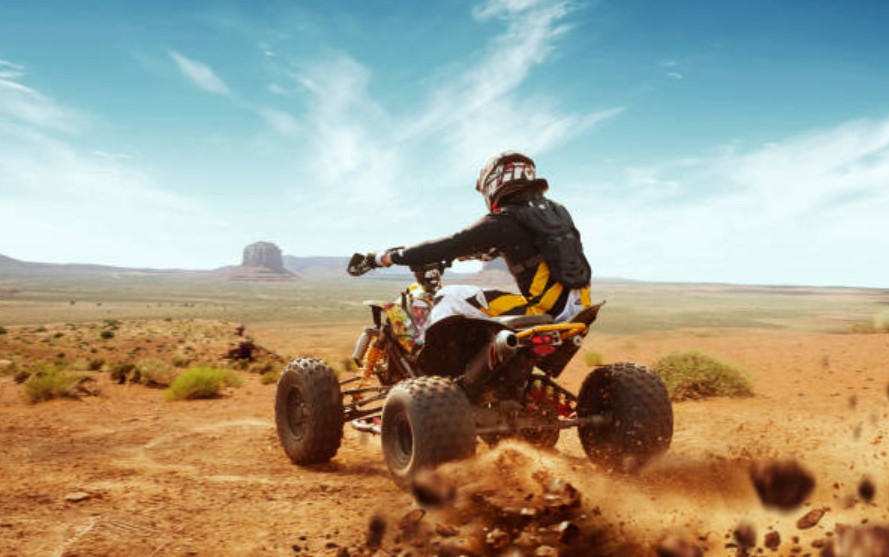
- Common Injuries Associated with Quads Quad-related injuries often involve rollovers, collisions, and ejections. Common injuries include fractures, head injuries, and spinal cord injuries. According to the U.S. Consumer Product Safety Commission, there were an estimated 81,800 ATV-related injuries treated in emergency departments in 2020.
- Common Injuries Associated with Dirt Bikes Dirt bike injuries typically result from falls, collisions, and loss of control. Frequent injuries include fractures, sprains, and head injuries. A study published in the Journal of Trauma and Acute Care Surgery found that dirt bike injuries tend to be less severe than quad injuries but occur more frequently.
List of Common Injuries:
- Fractures (arms, legs, ribs)
- Head injuries (concussions, traumatic brain injuries)
- Spinal cord injuries
- Soft tissue injuries (sprains, strains)
- Abrasions and lacerations
Pros and Cons of Quads for Safety
Advantages
- Greater stability due to four-wheel design
- Lower risk of tipping over during normal riding
- Easier to control for beginners
Disadvantages
- Higher risk of rollovers on steep terrain or during sharp turns
- Increased likelihood of severe injury in the event of a rollover
- False sense of security may lead to riskier behavior
Protective Gear and Safety Equipment
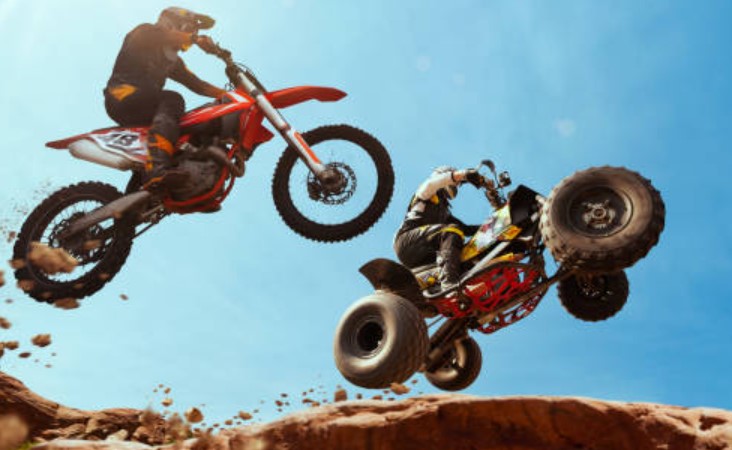
- Essential Gear for Quad Riders Quad riders should wear DOT-approved helmets, goggles, gloves, long-sleeved shirts, long pants, and over-the-ankle boots. Additional gear specific to quads includes chest protectors and knee/shin guards.
- Essential Gear for Dirt Bike Riders Dirt bike riders require similar protective gear, including DOT-approved helmets, goggles, gloves, and sturdy boots. Additional gear for dirt bike riders includes knee braces, elbow pads, and body armor.
| Gear Type | Quad Riders | Dirt Bike Riders |
| Helmet | DOT-approved | DOT-approved |
| Eye Protection | Goggles | Goggles |
| Upper Body | Long-sleeved shirt, chest protector | Long-sleeved shirt, body armor |
| Lower Body | Long pants, knee/shin guards | Long pants, knee braces |
| Footwear | Over-the-ankle boots | Motocross boots |
| Hands | Gloves | Gloves |
Training and Skill Development
- Importance of Training for Quad Riders Proper training is essential for quad riders to understand vehicle dynamics, safe riding techniques, and risk management. Basic training programs cover topics such as proper body positioning, turning techniques, and obstacle navigation. Advanced training focuses on handling challenging terrain and emergency maneuvers.
- Importance of Training for Dirt Bike Riders Dirt bike riders require comprehensive training to develop balance, control, and off-road riding skills. Basic training programs cover fundamental techniques like body positioning, clutch control, and braking. Advanced training includes skills for navigating technical terrain and performing jumps safely.
Legal and Regulatory Considerations
- Licensing and Age Restrictions Licensing requirements for quads and dirt bikes vary by jurisdiction. Many states require operators to obtain a safety certificate or license, especially for riding on public lands. Age restrictions are common, with some areas prohibiting children under a certain age from operating full-sized quads or dirt bikes.
- Off-Road Regulations Legal riding areas for quads and dirt bikes are often designated by local authorities. Regulations may include speed limits, noise restrictions, and trail-specific rules. Adhering to these regulations is crucial for ensuring safe riding conditions and preserving access to riding areas.
Comparative Analysis of Safety Features

Built-in Safety Features of Quads Modern quads incorporate various safety features to enhance stability and control. These may include:
- Anti-lock braking systems (ABS)
- Traction control
- Speed limiters
- Roll-over protection systems (ROPS)
Built-in Safety Features of Dirt Bikes Dirt bikes feature safety enhancements focused on improving maneuverability and control, such as:
- Advanced suspension systems
- Improved braking systems
- Engine kill switches
- Handguards and bash plates
Real-Life Case Studies and Anecdotes
- Case Studies of Quad Accidents Analysis of quad accidents often reveals common scenarios such as rollovers on steep terrain, collisions with fixed objects, and loss of control at high speeds. Lessons learned from these incidents emphasize the importance of proper training, adherence to safety guidelines, and understanding the limitations of the vehicle.
- Case Studies of Dirt Bike Accidents Dirt bike accident analyses frequently highlight incidents involving loss of control on technical terrain, collisions with other riders, and injuries resulting from jumps or falls. These case studies underscore the need for proper protective gear, skill development, and risk assessment.
Expert Opinions and Recommendations
Safety experts generally agree that both quads and dirt bikes can be ridden safely with proper training, equipment, and adherence to guidelines. Many experts recommend that beginners start with quads due to their increased stability, while emphasizing the importance of respecting the vehicle’s limitations. For dirt bikes, experts stress the need for comprehensive training and gradual skill progression.
When choosing between a quad and a dirt bike, experts suggest considering factors such as:
- Rider’s physical abilities and experience level
- Intended use (recreation, racing, utility)
- Type of terrain to be ridden
- Personal comfort with balance and control
For those interested in dirt bikes, many experts recommend starting with a Best Trail Dirt Bike as these models often offer a balance of performance and manageability suitable for developing riders.
Conclusion
In conclusion, determining whether a quad or dirt bike is safer depends on various factors, including rider experience, terrain, and adherence to safety practices. Quads offer greater stability and ease of use for beginners but come with risks such as rollovers in certain conditions. Dirt bikes provide enhanced maneuverability but require more skill to operate safely. Ultimately, the safest choice is the one that aligns with the rider’s skill level, intended use, and commitment to proper training and safety precautions. Regardless of the vehicle chosen, wearing appropriate protective gear, obtaining proper training, and following legal regulations are essential for minimizing risks and enjoying off-road riding safely.

Jason Wilkins began his career with a passion for online shopping experiences and deep insights into the outdoor gear market. With the aim of providing excellent choices for those who love an active lifestyle, he established besttraildirtbike.com, specializing in advising and selling Amazon Affiliate products suitable for dirt bikes, accessories, and touring gear.
Leveraging his expertise in SEO techniques and business management skills, Jason has built a reputable brand, attracting thousands of customers. As a dedicated and creative leader, he continuously seeks ways to enhance the user experience and sustainably grow the business.
Jason has in-depth knowledge of dirt bike trends and accessory innovations, constantly updating himself on the latest breakthroughs in this field. On his website, he shares detailed and objective reviews of hot products on the market, along with tips for safe dirt biking and touring.
With the motto “Passion Without Limits,” Jason aspires to inspire many outdoor enthusiasts to explore the wonders of nature. Under his guidance, besttraildirtbike.com is steadily becoming a trusted destination for customers to find quality products for their dirt biking and adventure touring pursuits.
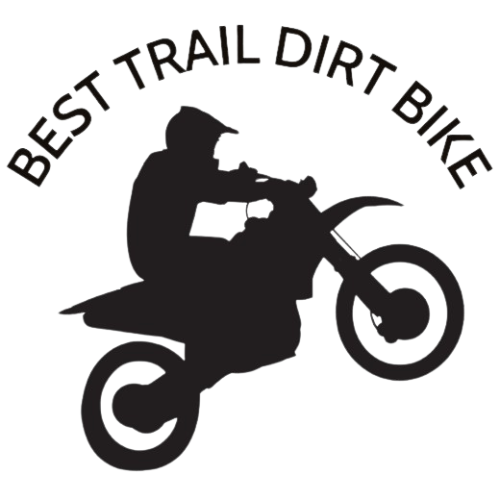

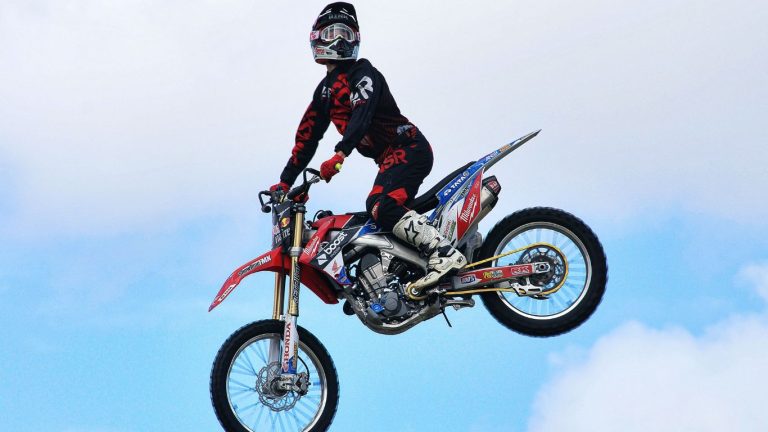
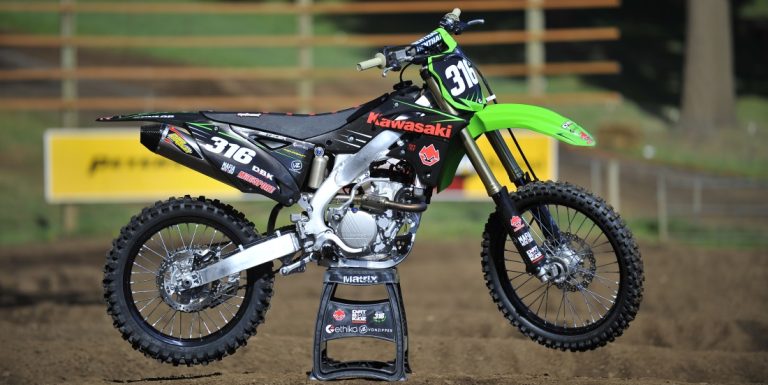
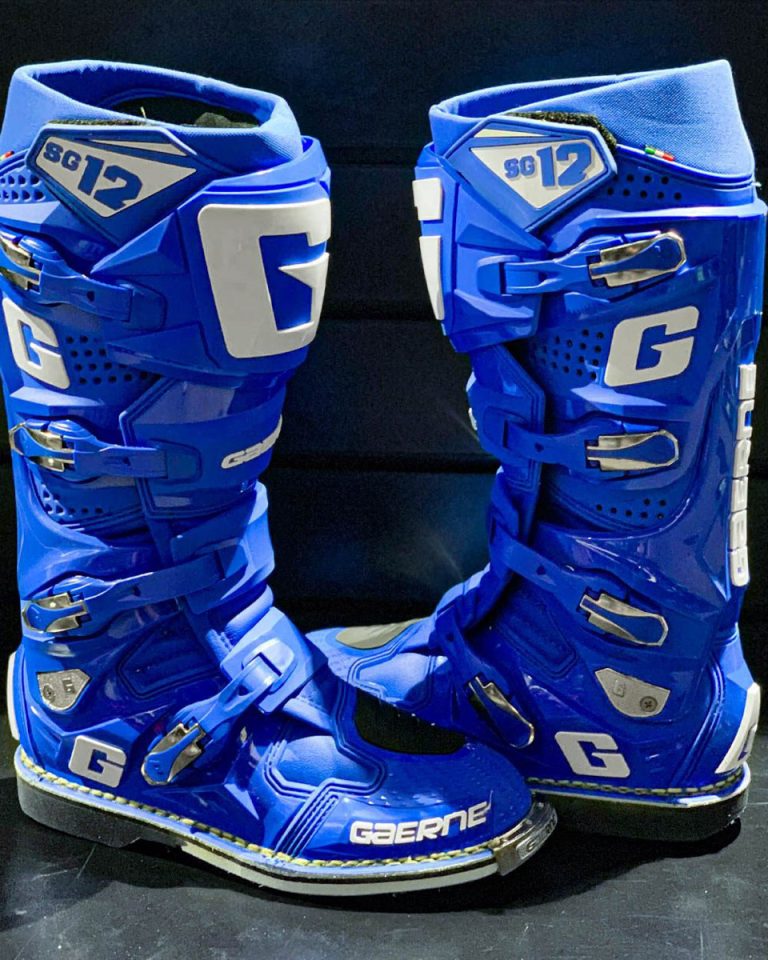

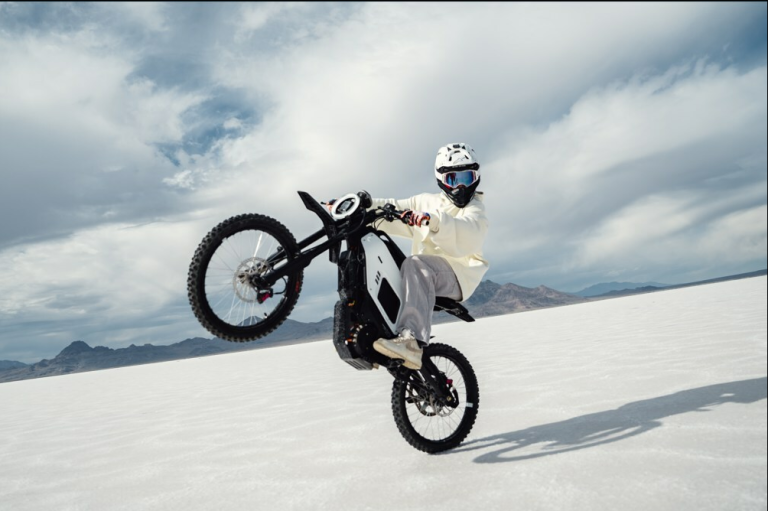
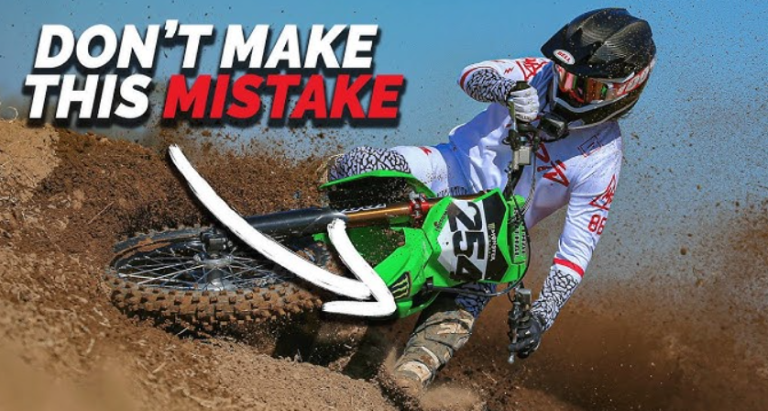
This article provides a thorough comparison of safety between quads and dirt bikes. The discussion on stability versus maneuverability was particularly insightful. I’m curious, though, how do factors like rider experience and terrain influence the safety of each vehicle? Also, are there specific safety gear recommendations that can enhance protection regardless of the choice between a quad and a dirt bike?
Hi Jake,
Thanks for your thoughtful comment! You’re absolutely right—rider experience and terrain play significant roles in the safety of both quads and dirt bikes. For example, an experienced rider might better handle a dirt bike’s agility, while a beginner might find the stability of a quad more forgiving. Terrain is also key: rocky or uneven surfaces might favor the stability of a quad, whereas narrow trails and tight turns could be better navigated on a dirt bike.
As for safety gear, regardless of whether you choose a quad or a dirt bike, always wear a DOT-approved helmet, sturdy boots, gloves, and goggles. A chest protector is also highly recommended, along with knee and elbow guards. For dirt bikes, a neck brace can add extra protection, especially during high-speed or off-road racing. On quads, consider using a tethered kill switch to shut off the engine if you’re thrown from the vehicle.
Staying safe is all about being prepared and equipped, so make sure you’re covered with the right gear. Let me know if you have any more questions!
Great analysis of safety aspects for quads and dirt bikes! The breakdown of accident statistics and common injuries was very informative. Could you provide more details on how each vehicle’s design affects the likelihood of injury in specific scenarios, like sharp turns or rough terrain? Additionally, how do safety features such as roll cages in quads compare to the protective gear needed for dirt biking?
Hi Holly,
Thank you for your kind words! I’m glad you found the safety analysis insightful. When it comes to how each vehicle’s design impacts the likelihood of injury, it really comes down to stability and control. Quads, with their four wheels, offer more stability on flat terrain but can become unstable during sharp turns, leading to a higher risk of rolling over, especially at high speeds. Dirt bikes, on the other hand, are more maneuverable and less likely to roll over, but they require more skill to control on rough terrain, which can lead to falls if not handled properly.
Regarding safety features, the roll cage on a quad is a significant advantage in preventing serious injuries during a rollover, as it provides a protective structure around the rider. However, for dirt biking, the lack of such a structure means that protective gear is crucial. Helmets, body armor, and boots are designed to absorb impact and protect vital areas, but the rider’s skill in handling the bike plays a big role in preventing accidents.
Both vehicles have their own risks and safety measures, so it’s essential to choose the right one based on your comfort level and riding environment.
Stay safe out there, and feel free to reach out if you have more questions!
Thanks for the detailed comparison between quads and dirt bikes. The discussion on handling and stability was very clear. I’d like to know more about how the risk of rollover differs between these two vehicles, especially in off-road conditions. Also, how does the learning curve for new riders affect the overall safety of quads versus dirt bikes?
Hi Brooks,
Thank you for your thoughtful comment! I’m glad the comparison on handling and stability resonated with you. Regarding the risk of rollover, quads tend to have a higher risk, especially on uneven or steep terrain. The wider stance of a quad can create a false sense of security, but because they are heavier and have a higher center of gravity, they are more prone to tipping over during sharp turns or on inclines. Dirt bikes, being lighter and more agile, are less likely to roll over but require more balance and skill from the rider to prevent falls.
As for the learning curve, it plays a significant role in safety. Quads are generally easier to pick up for beginners because they don’t require the rider to balance, and their controls are more straightforward. However, this ease can lead to overconfidence, which might increase the risk of accidents. Dirt bikes, on the other hand, have a steeper learning curve due to the need to balance and manage the clutch and gears, but this also means that new riders might take more time to build up their skills and respect the vehicle’s capabilities, potentially leading to safer riding habits in the long run.
Hope this helps clarify things! Let me know if you have any more questions.
This article does a great job of comparing the safety of quads and dirt bikes. The insights into accident rates and safety features are very useful. Can you provide more information on how different riding environments, like trails versus dunes, impact the safety of quads compared to dirt bikes? Additionally, what are some essential safety tips for beginners on either vehicle?
Hi Vernell,
Thank you for your kind words! I’m glad you found the article informative. When it comes to riding environments like trails versus dunes, each presents unique safety challenges for quads and dirt bikes. On trails, dirt bikes generally have an advantage in maneuverability and handling tight, uneven terrain, whereas quads can feel more stable but may struggle with narrow paths or sharp turns. In dunes, quads can offer more stability on soft sand due to their wider stance, while dirt bikes require more skill to avoid getting stuck or losing balance.
For beginners, here are some essential safety tips:
Wear Proper Gear: Always wear a helmet, gloves, boots, and protective clothing to minimize injury risk.
Learn the Basics: Start with understanding your vehicle’s controls and practice in a safe, open area before hitting more challenging terrain.
Ride Within Your Skill Level: Don’t push your limits too soon. Gradually build your skills and confidence.
Stay Aware of Your Surroundings: Whether on a trail or in dunes, always be mindful of obstacles, other riders, and changing terrain conditions.
Maintain Your Vehicle: Regularly check and maintain your quad or dirt bike to ensure it’s in good working condition.
Stay safe out there, and feel free to reach out if you have any more questions!